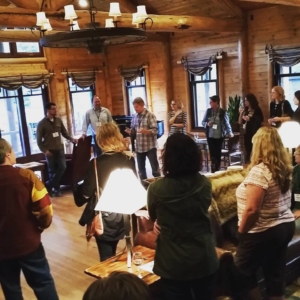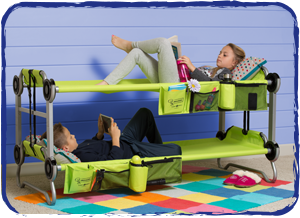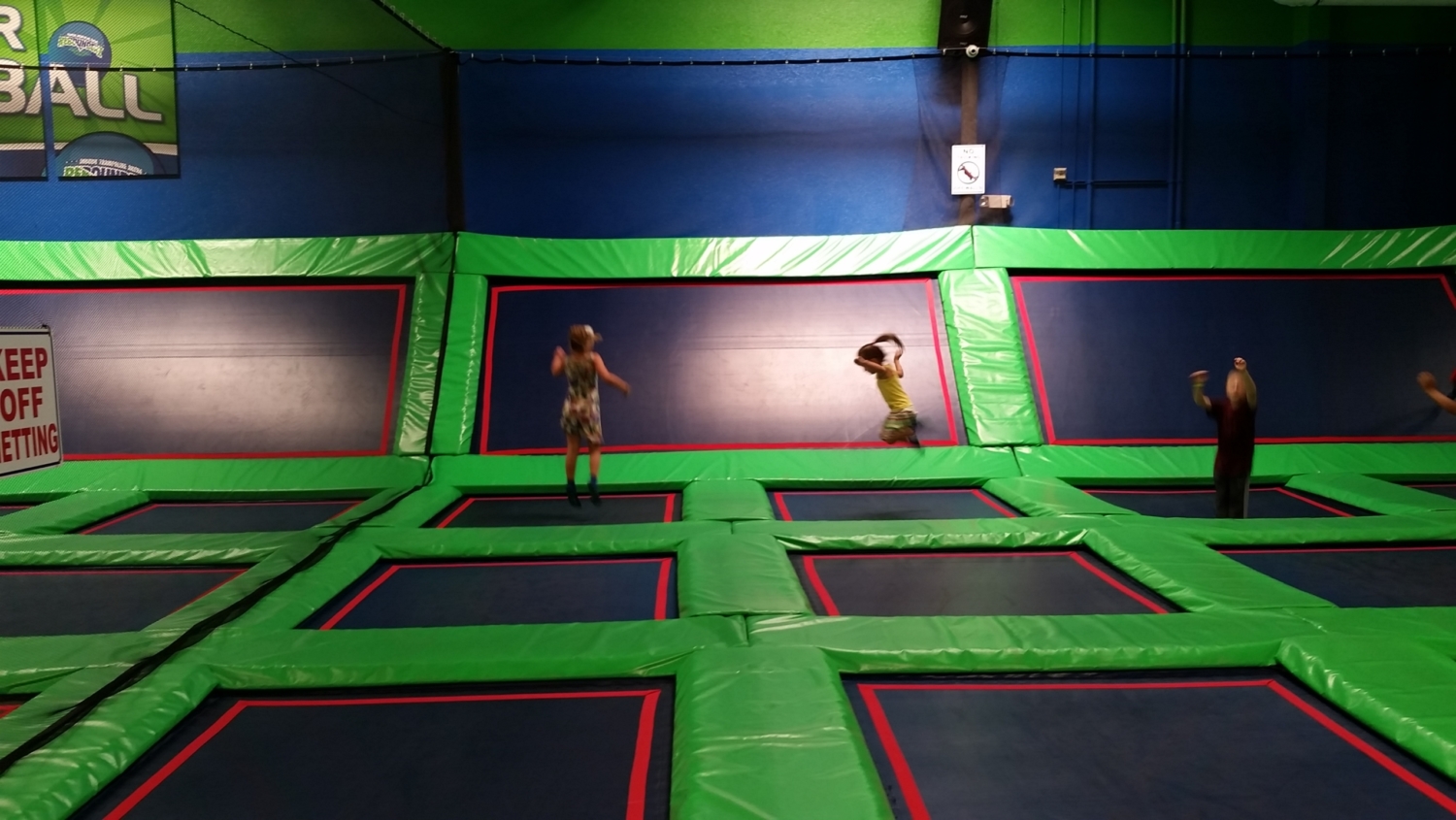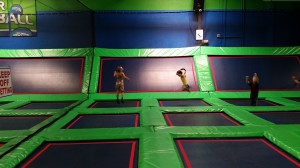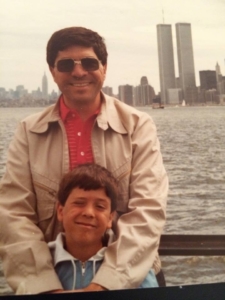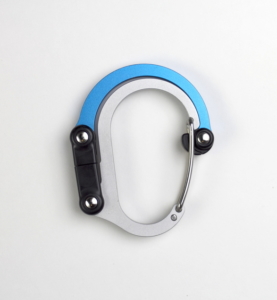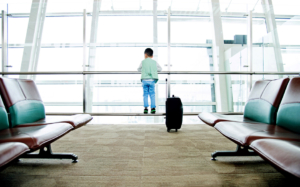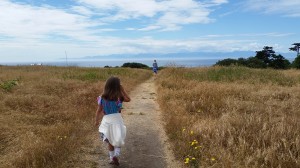New data, new look at family travel
Today was data day here at the Family Travel Association (FTA) Summit in Emigrant, Montana. That means a couple of my favorite people shared some pretty incredible data about family travel.
The FTA itself was up first, releasing the results of a comprehensive study by the FTA and the NYU School of Professional Studies Tisch Center for Hospitality and Tourism. The study revealed three key data points about family travel:
- Family travel now accounts for a full one-third of all leisure trips booked in the United States.
- Survey respondents took an average of 3.53 domestic trips and 1.25 international trips with their children in the past year.
- Families prefer to travel with their children when the children are between 6 and 12.
Also interesting: the data suggested that there are three distinct types of family travelers: Hassle-free travelers, who prefer travel options that require little effort and research; Cautious travelers, who are more willing to spend time researching their travels and more open to try a wider variety of travel options; and Intrepid travelers, who tend to opt for new destinations each time they travel, are most likely to take the kids out of school for vacations, value travel over material possessions, and like to travel to different cultures and unusual destinations. (If you want to read more about this, Rainer Jenss, who founded the FTA, explained these types beautifully in a recent blog post for the organization’s blog.)
After the FTA’s data came data from Expedia—data that resulted from a separate study and echoed a number of the same points.
The Expedia numbers showed that people who travel with families spend 2.5 times more than couples traveling without them. And that 80 percent of people who take vacations regularly report being happier because of those trips. Other key metrics: 94 percent of respondents take at least one trip with their family per year, and 82 percent said they get more pleasure from vacation than from possessions.
(Expedia also conducted research on what kids think about family travel; that’s worth reading, too.)
What does all of this research tell us the ways families travel? How can we make sense of so many disparate data points? In a market where the vast majority of travelers can’t afford much more than road trips, why should we even care? In a nutshell, the answer is this: BECAUSE WE GO.
The bottom line is that we, as families, travel. In a big way. And we’re traveling more. It doesn’t matter how we travel. It doesn’t matter where we travel. It doesn’t even matter why we feel the need to get away. We’re going. We’re taking our kids. And we’re doing it with increasing frequency—so much so that the trend is on the rise.
There was a time in the not-too-distant past where families were an afterthought on the travel landscape, a customer base that existed but wasn’t big enough to matter. Results from these two studies make it clear that those days are over, that families are becoming a formidable market force which commands attention. The mere existence of the FTA—the very need to have a summit in the first place—is proof of this new reality. Now it’s time for the rest of the travel industry to pay attention.
For consumers, for people like you and me, the message is clear: Keep traveling. As I’ve said a thousand times (including 20 times on this blog), you don’t have to go far from home to expose your children to a brave new world. Family travel is a mindset. It’s time we all embraced this new way of thinking.


